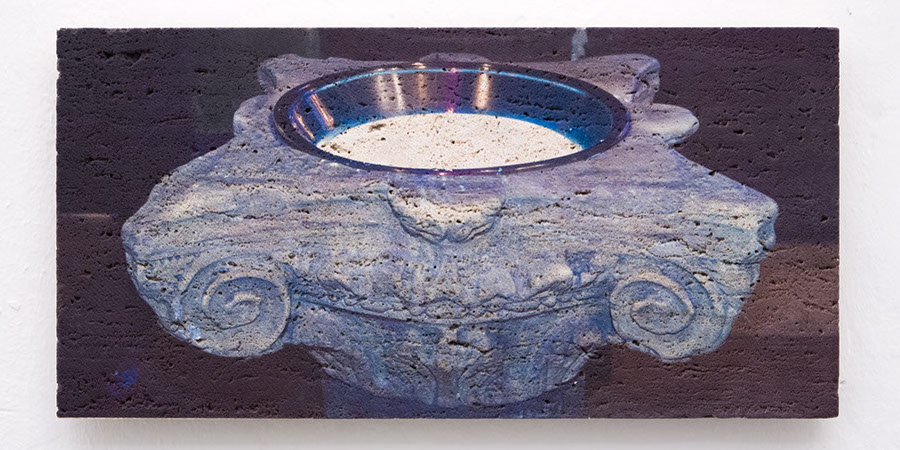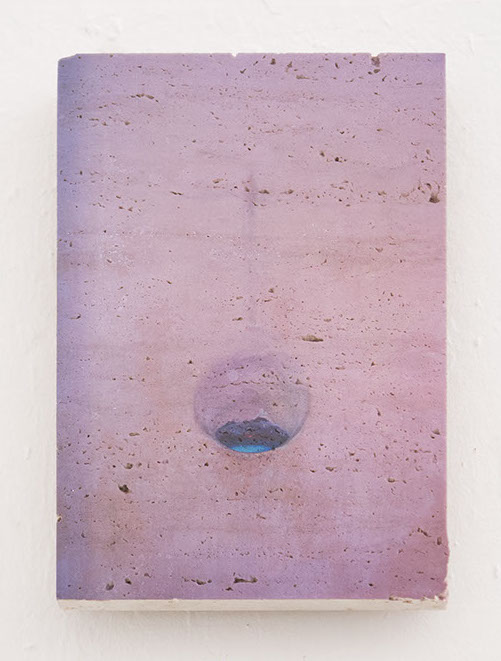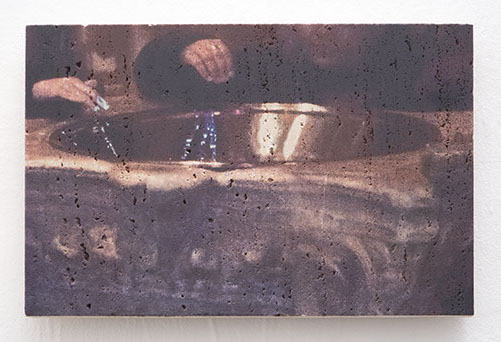NIKLAS BINZBERGER
1
2
3
4
5
6
7
POX PARTY
Memes propagate themselves in the meme pool by leaping from brain to brain via a process which, in the broad sense, can be called imitation. Religions as any other ideologies can be seen as meme complexes, which restructure a human brain in order to make it a better habitat for religious memes. The avenues for entry and departure are modified to suit local conditions, and strengthened to enhance fidelity and prolixity of replication: literate minds differ from illiterate minds.
A vast majority of people keeps to the religion they were taught in their childhood. Even if they switch religion, they rather reaffiliate (e.g. lutheran protestantism to evangelical protestantism) than convert (e.g. shia islam to greek catholic).
Due to this habit, the main driver of expansion of a belief/non-belief is not missionary action, but fertility rates of their proponents. Parents infect their children with their own belief by setting the frame of interaction with religion (religious education, worship attendance) causing relative conformity with the following generation.
Every infection triggers the body's immune response, causing it to either produce antibodies to that particular ailment or induce other processes that enhance immunity.
In contrast to physical immunization, the religious immune reaction protects against other beliefs/non-beliefs. The longer, the more intense a religion is practiced, the lower the probability of giving up that believe.
Every worship is a pox party.



A
B
C
D
E
F
A.6.14
flourescent liquids, holy water basins, intervention: Jerusalem, Roma, Antigua Vera Cruz, Antigua Guatemala, Bonn, Venezia, Modena
2014
Fluorescent liquids are used in hygiene trainings etc. to simulate the spreading of a disease in a chain of infection. They are colorless and transparent, but illuminate when lighted with ultraviolet light.
The liquids have been placed in holy water fonts in various churches. Later a camera with UV flash has been used to take photos of the fonts and of worshippers which entered the churches and crossed themselves with the holy water. The photos make visible what remains unseen by the human eye. The liquid which is used for the intervention is made of quinine sulphate, which is used as medication to cure malaria.
The catholic ritual of crossing oneself with holy water when entering or leaving the church is a reminder of the baptism. The baptism is the initial act of entering the community of christians and getting in contact with their realm of ideas and morality.
The churches which have been chosen to place the liquids in the font represent the spreading of the christian, especially the catholic, believe:
Chapel of the Flagellation, Jerusalem (Second station of the Via Dolorosa); Baptistry of San Giovanni in Laterano, Roma (Oldest baptistry of Rome); San Paolo Fuori le Mura, Roma (One of the patriarchal churches of Rome); San Giorgio in Velabro, Roma (Church at the site, where Romulus and Remus are said to have been found); Ermita del Rosario, La Antigua Veracruz, Mexico (First church on continental american ground); Iglesia de la Merced, Antigua Guatemala.
Known as the „Great Commission“, the instruction of Jesus Christ to his disciples to spread his teachings to all the nations of the world has become the basis for missionary work, evangelism, and baptism.